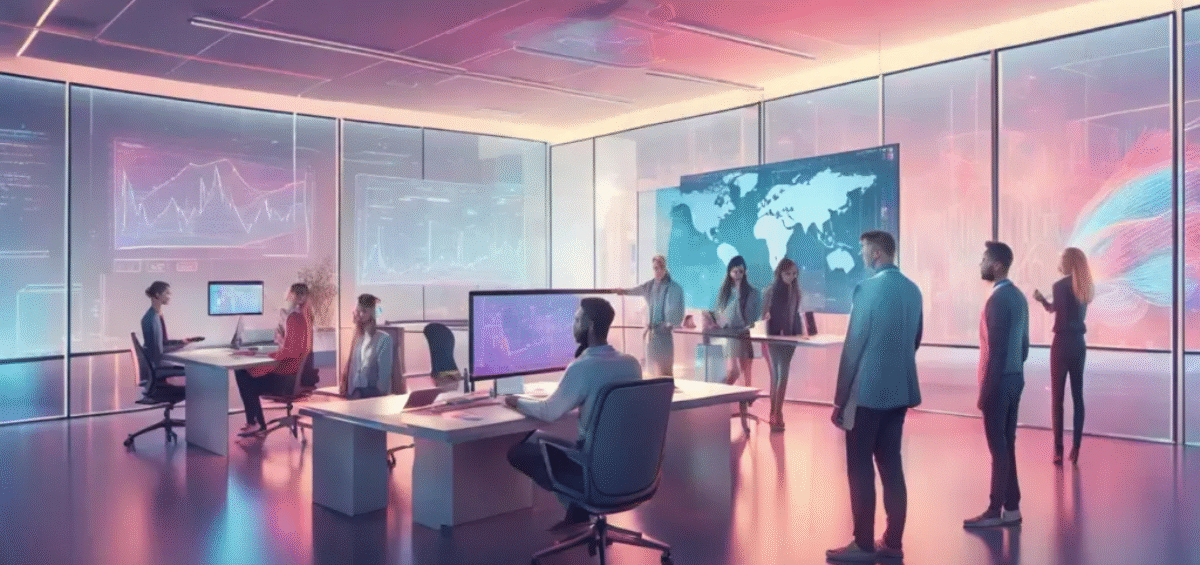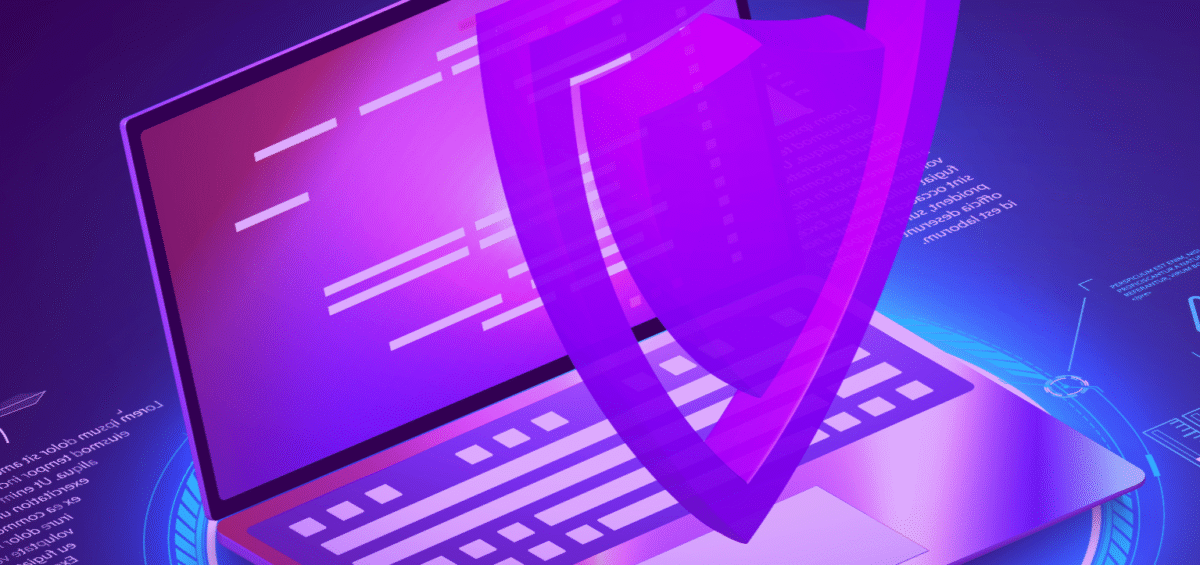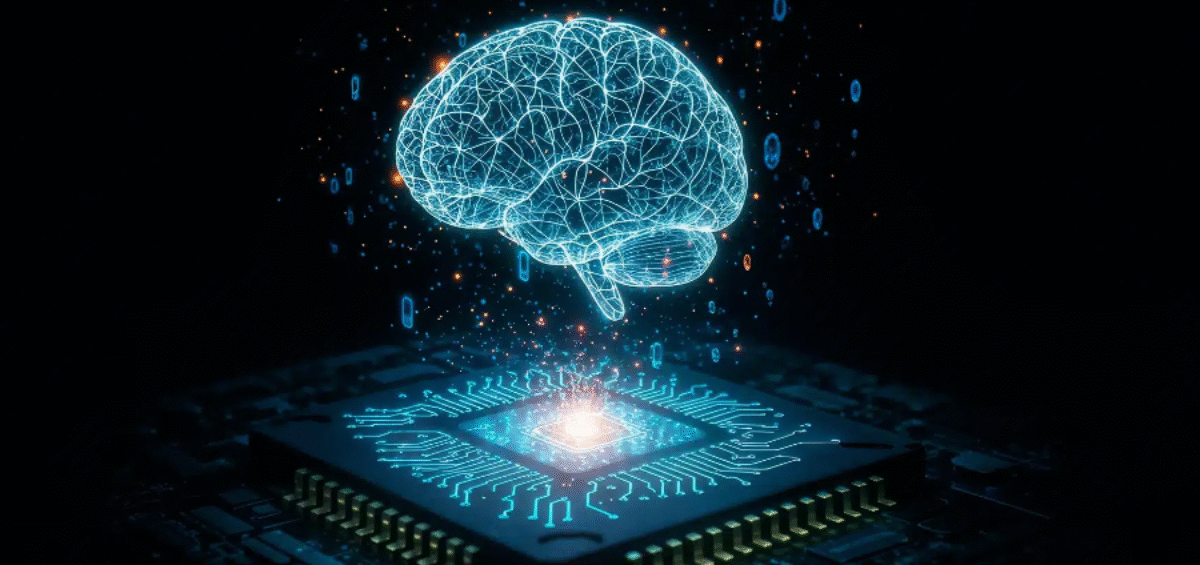When a statewide government system powering essential public services for thousands of residents each day reached the limits of its decades-old technology, leaders launched an ambitious modernization effort—transforming a 90s-era Delphi application into a modern, scalable, cloud-native platform.
ConsultNet Blog
Traditional consulting models are being challenged by the speed of AI. For decades, consulting followed a predictable formula: diagnose the problem, craft the strategy, hand over the deck, and move on. But that model is crumbling. AI doesn’t just change what we recommend. It changes what consulting needs to be.
IT leaders are caught in a bind. Demand for digital transformation is accelerating while access to technical talent is contracting. Budgets are under scrutiny. Timelines are compressing. And recent policy shifts have made that tension impossible to ignore.
AI is rewriting the rules of business. Every industry is talking about the tools, platforms, and algorithms that will transform their future. But without the right talent, even the most advanced systems sit idle.
Recent changes in U.S. H-1B visa fees are already pushing companies to rethink how they access global tech talent.
“AI ISN’T COMING. IT’S HERE. AND THE ORGANIZATIONS THAT DON’T ADAPT WILL BE LEFT BEHIND.” That line isn’t just for attention. It’s your strategic alarm bell. AI isn’t a side project; it’s fundamentally reshaping the way organizations operate.
In this episode of Tech on Tap, we sit down with Sam Peterson, a seasoned technology executive and strategic product leader with more than 25 years of experience driving growth through innovation, scalable architecture, and user-centered development.
In a world where software is released hundreds of times a day, most PMOs are still approving projects like it’s 2007. We recently worked with a Fortune 500 CTO whose digital transformation was floundering.
When a statewide government system powering essential public services for thousands of residents each day reached the limits of its decades-old technology, leaders launched an ambitious modernization effort—transforming a 90s-era Delphi application into a modern, scalable, cloud-native platform.
AI is changing the game. Not by replacing people outright, but by transforming how teams operate, what skill sets you need, and how you should approach hiring.









